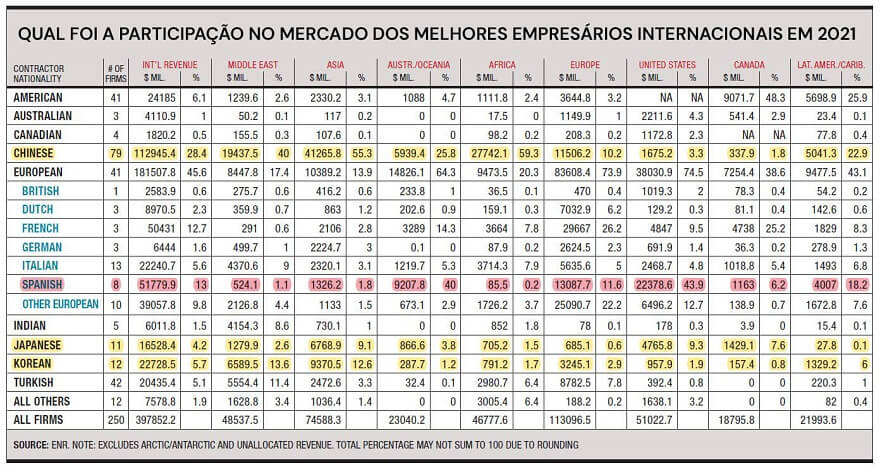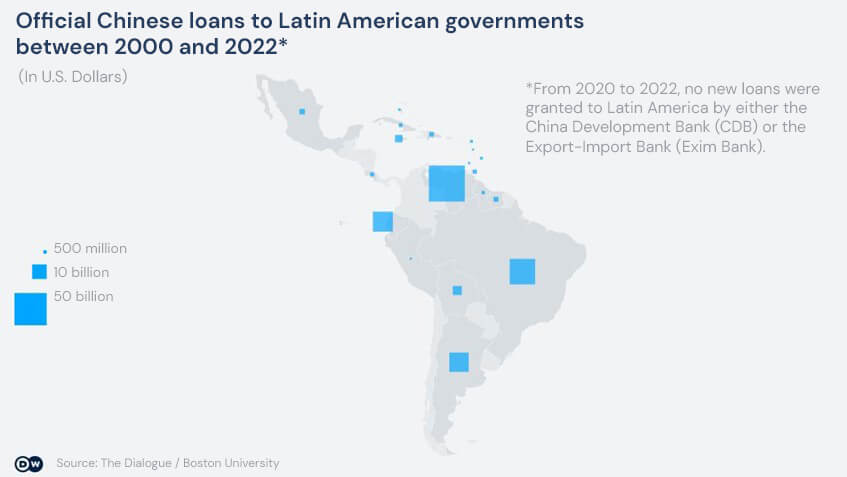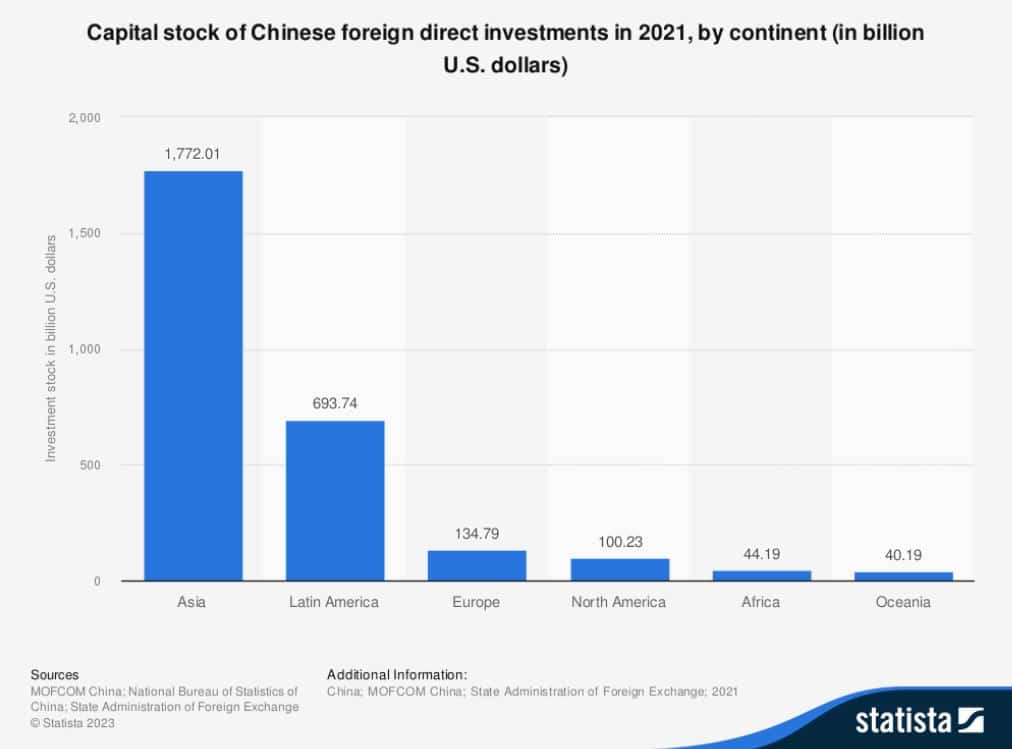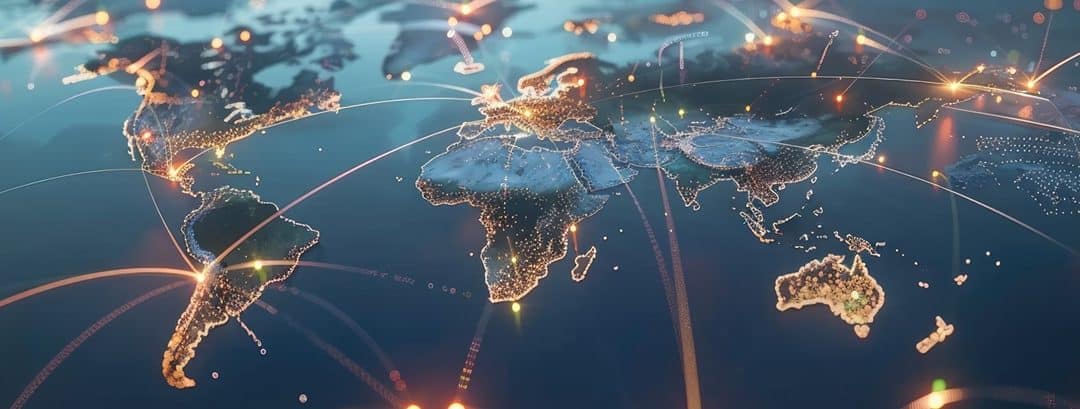2023 marks the first decade of the “Belt and Road Initiative,” a strategic plan for global infrastructure and international cooperation launched by the Chinese government, headed by Xi Jinping since 2013. On an official trip to Kazakhstan, the President himself defined this strategy as the “Silk Road Economic Belt,” referring to the network of trade routes developed during the Middle Ages.
As it was in the past, the objective is to achieve free trade by promoting connectivity through the construction of a series of infrastructure, trade, and cultural cooperation projects. To do this, the structure of this new initiative is composed of two main segments:
- The land route, connecting China to Europe and Central Asia.
- The maritime route, called the 21st-century Maritime Silk Road, which links the Asian giant to Latam, Africa, and the Middle East.
This linking through rail connections or commercial ports has improved the access of Asian countries to the global market and we, as an insurer, have noticed this.
In the Construction Department, we have long been observing the weakening of local construction companies in Latin America. It is not easy to compete against the Asian giant, which comes not only with instant liquidity, but also with a powerful workforce and an infallible quality known as Speed China.
Asian construction companies provide financing and insurance and reinsurance capacity at the source and then contact insurers in the region if they are obliged to issue local policies required by public administrations. Despite the obstacles, MAPFRE Global Risks participates in some of the infrastructure projects carried out by Asian construction companies.
China has strengthened its relations with the Latin American region as it is essentially a producer of raw materials, and has therefore entered fully through trade, the necessary financing through the China Development Bank, and infrastructure.
This last piece is key, as building in Latin America facilitates the inflow and outflow of said materials, minerals (such as gold, copper, zinc…) or any other type of goods. The Asian brand’s target countries are Argentina, Brazil and Peru, but also Chile and Uruguay.
In 2021, the nationality of contractor companies in the market was surprisingly scarce, as reflected in the Engineering News Record report published in August 2022, as 40% was made up of the sum of Chinese, Korean, and Japanese companies (102); followed by European (42), Turkish (42) and American (41). If we look at the Latin America column, we can effectively see that the presence of Chinese companies in the region exceeded the Spanish presence by almost five percentage points and remained three points below the American presence.

In the financial field, the China Development Bank has positioned itself among the main sources of financing in the region, mainly in Venezuela, Brazil, Ecuador, and Argentina. It is known that between 2005 and 2020 it lent over 137 billion and, specifically, the case of Ecuador was highly publicized, given that China assumed the country’s debt in exchange for the concession of oil and the inclusion of Chinese companies in the Ecuadorian economy. According to figures from the Inter-American Dialogue, total trade between China and Latin America and the Caribbean increased from almost $18 billion in 2002 to $318 billion in 2020. That same year, China’s imports from the region amounted to 168 billion, while its exports totaled 150 billion.

Below is a bar chart prepared by Statista reflecting the capital stock of Chinese foreign direct investments in 2021, by continent and in millions of U.S. dollars, where you can see the stark difference between Asia and the rest of the world.

However, with our feet on the ground, we are also starting to see the consequences of building fast and saving on materials: stretches of road erased from the map due to the rainy season or illegible signs some time after finishing the work, as mentioned by Renan Torrico, a Bolivian engineer who worked on the construction of the San José hydroelectric plant in Bolivia conducting the topographic studies: “It’s important to mention that the works they’ve been building here are of a terrible quality and don’t last long.”
Paraphrasing the consequences of the work carried out by Laura Bogado Bordazar and Juan Cruz Margueliche, “Latin America cannot imagine itself being in a symmetrical relationship with China, because we are talking about the first/second world power, so it would be a strategic mistake to misread the situation in this sense.
The relationship model has to be based on cooperation and the concept of ‘inclusive and sustainable globalization.’ (…). It is in this sense that diplomacy (in all its manifestations) should advocate not only to strengthen relations, but also to build bridges of mutual understanding that allow us to learn about China’s interests and needs, as well as the urgencies and projects that benefit Latin America and the Caribbean, their territories, and economies.”
To conclude, it’s not just a few experts who see a simmering strategy, a sort of Chinese Marshall Plan, in which China increases its influence and debt where it operates with infrastructure projects, as many are countries with little capacity to repay their loans or complete the projects in the long-term. Be that as it may, there is no doubt that China lives by applying ancestral proverbs such as this one: “If you want to get rich, build a road first,” and it’s working out pretty well for them.

Zaida Fernández Ruiz
Head of Underwriting. Energy and Construction Department – Construction – MAPFRE Global Risks




